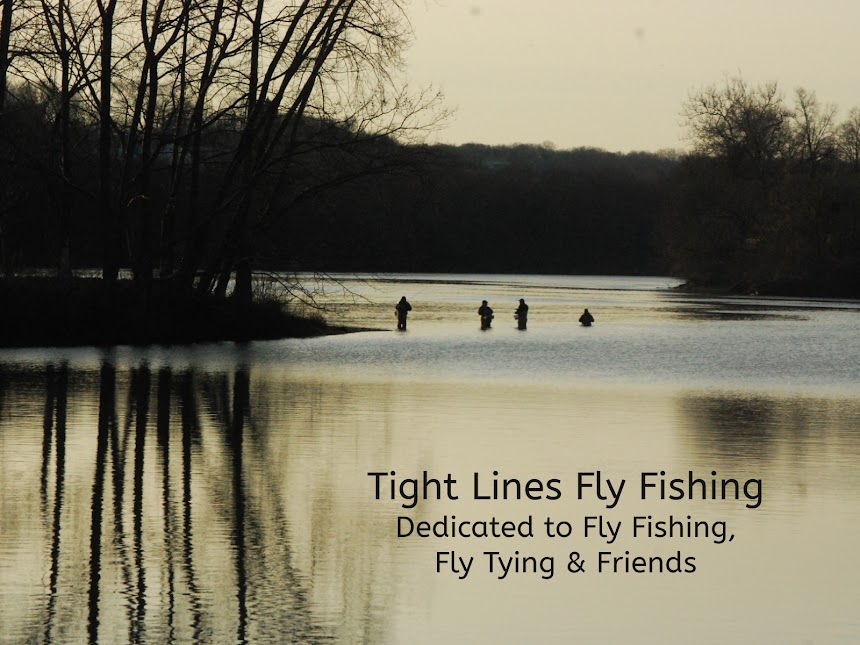Rats Nest
Hook: TMC 2302 or 2312 Size #6-#10.
Tying
thread: UTC 140 in Grey Brown.
Bead: Black Tungsten.
Body
& Tail: Senyo Olive Laser Dub #263.
Rib: Olive Flexi Floss.
This fly imitates a crane fly larva. What’s a crane fly you might ask? Well it’s those big oversized mosquito like bugs
you see dangling on the surface of the water.
They can reach a length of 2 ½” with a wingspan of 3”. They are a grayish olive brown and the trout
on the Farmington River love them!
Besides being a crane fly nymph imitation, this fly has a buggyness
about it that trout can’t resist. It was
developed by CT’s own Rich Strolis. Rich
is a well known Housatonic & Farmington River Guide, nationally known fly
tier, and author. His articles have
appeared in ‘Fly Fisherman’ & ‘Eastern Fly Fishing’ magazines. He is also the author of the book ‘Catching
Shadows: Tying Flies For The Toughest Fish and Strategies For Fishing
Them’. I strongly recommend visiting his
website at www.catchingshadows.com .
This is a very simple fly to
tie. It consists of only a few materials,
Laser Dub, Flexi Floss, a bead and some lead weight. Begin by placing your black tungsten bead on the
hook. Behind it lay down wraps of lead
all the way down to the shank, until it’s even with the hook barb. Next, tie on your thread. Wrap up and down your lead wraps a few times. Leave it behind the bead. Prepare a clump of Laser Dub, approximately
(2) two inches in length, and about the thickness of a pencil. Tie it in right behind the bead. You want to tie it with wraps in the middle
of the clump. Next, double it over and stroke all the fibers back towards the
bend. Shape and create a uniform body the
length of the hook shank. Take your
thread and, with broad wraps, palmer it back towards the hook bend. Stop right above the hook barb and make a few
additional wraps with your thread. In
the process you must have enough dubbing material to form a tail beyond the
hook bend. The tail should be at least a
hook gap length beyond the bend of the hook.
You can tear any excess dubbing material from the tail if it is too
long. Next, tie in your Flexi Floss
rib. Make a dubbing loop with your
thread at the rib tie in point. Advance
your thread so that it is behind the bead.
Place clumps of olive laser dubbing in the dubbing loop and spin a dense
buggy ‘brush’. There’s a number of fly
tying tools that are available to do this.
Once you create your dubbing brush/rope, advance and wrap it forward to
behind the bead. You should have a
uniform body. Tie the dubbing rope off
with multiple wraps of thread. Leave
your thread behind the bead. Next,
palmer your rib forward with uniform wraps.
Tie the rib off behind the bead. Whip
finish your fly and apply a drop of head cement to your final wraps. Finally, take a Velcro brush or a tooth
brush, and stroke out the material to give the fly a buggy and veiled
appearance.
To fish this fly, nymph it,
swing it like a wet fly, or strip it back like a streamer. It’s all good and it all works. Rich Strolis has a great instructional video
on how to tie this pattern on Vimeo. Just click on this link https://vimeo.com/145225238 .
If
you have any questions about this fly or would like to submit a pattern of the
month I can be reached at 203 305-3850 or e-mail me at pdinice@frontier.com .

